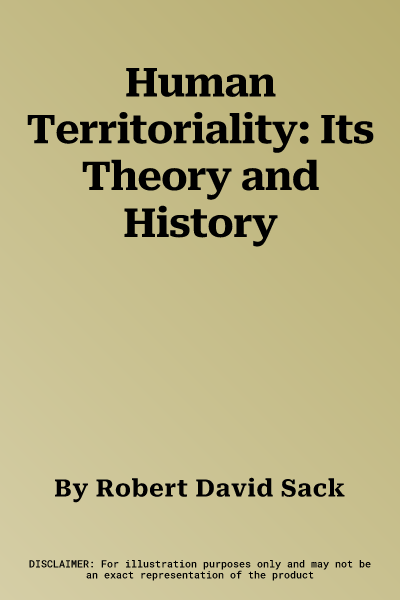Robert David Sack
(Author)Human Territoriality: Its Theory and HistoryHardcover, 31 October 1986

Temporarily out of stock
Free Delivery
Cash on Delivery
15 Days
Free Returns
Secure Checkout

Part of Series
Cambridge Studies in Historical Geography
Part of Series
Cambridge Studies in Historical Geography (Hardcover)
Part of Series
New Cambridge History of India
Print Length
267 pages
Language
English
Publisher
Cambridge University Press
Date Published
31 Oct 1986
ISBN-10
0521266149
ISBN-13
9780521266147
Description
Product Details
Author:
Book Format:
Hardcover
Date Published:
31 October 1986
Dimensions:
22.81 x
15.19 x
1.8 cm
ISBN-10:
0521266149
ISBN-13:
9780521266147
Language:
English
Location:
Cambridge
Pages:
267
Publisher:
Series:
Weight:
489.88 gm